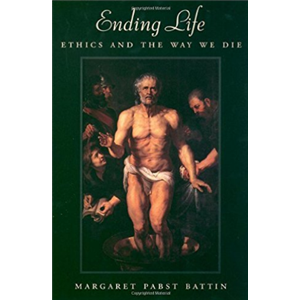Ending Life: Ethics and the Way We Die, (Oxford University Press, 2005).
Here's what's in this section:Explore a variety of resources including books, articles, and publications to broaden personal perspectives and inspire creative approaches to living with a spinal cord injury. Consumer magazines like New Mobility and Ability Magazine offer insights into leading an active lifestyle, covering topics ranging from disability access and rights to sexuality, employment, and new disability products. Special issues focusing on 'Wheels on Campus' provide valuable information for students with disabilities, addressing classroom accommodations, housing, extracurricular activities, and studying abroad. Discover unique books tailored to spinal cord injury, providing detailed information on adapting motor vehicles, managing autonomic dysreflexia, maintaining a healthy lifestyle, enhancing safety and emergency preparedness, optimizing mobility at home and in the community, and improving communication with family and friends. Books addressing intimacy and relationship building after a spinal cord injury are also included. Additionally, explore select medical journals and books highlighting the latest research and findings on spinal cord injury to stay informed about advancements in the field.
|
